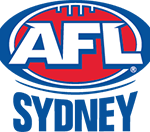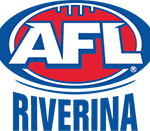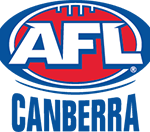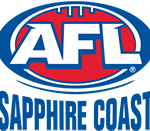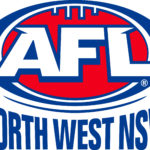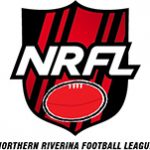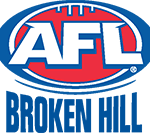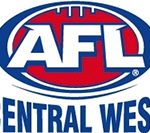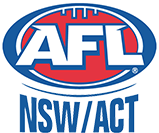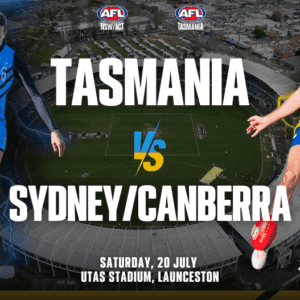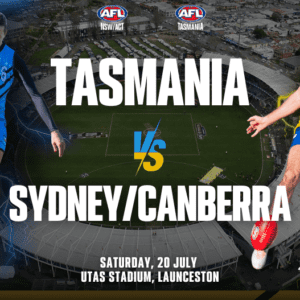AFL Laws Committee seeks public view

AFL General Manager Football Operations Adrian Anderson today said he had written to all 17 AFL clubs, seeking their feedback on the key Laws of the Game topics that are up for discussion for the 2011 Toyota AFL Premiership season.
Mr Anderson said that after consulting with clubs and key stakeholders throughout the season, the Laws Committee had put forward seven proposals for feedback from the football community. Following this final round of consultation, a final set of proposals would then be considered by the AFL Executive and Commission later this year.
The proposals for feedback are:
1. Restricting interchange by one of the following methods:
a – Three interchange players and one substitute player
b – Two interchange players and two substitute players
c – Cap of 80 interchanges per match (including changes at breaks)
2. Length of game: Adjust the timing of quarters to keep the average length between 29-30 minutes
3. Advantage Rule: Player not umpire decides if there is an advantage (as per 2010 NAB Cup trial)
4. Boundary Umpires pay free kicks for holding and high contact at stoppages (as per 2010 NAB Cup trial)
5. Free kick against player who drags ball under opponent (as per 2010 NAB Cup trial)
6. Rough conduct (shepherd): make consistent with head down over the ball rule so that a player who shepherds is guilty of a reportable offence if he makes forceful contact to the head or neck, unless the contact was caused by circumstances outside the control of the shepherding player
7. Scoring system: If a ball hits the posts inside the goal-scoring area and goes through, it remains a goal. If a ball hits the posts inside the point-scoring area and goes through, it remains a point.
Mr Anderson said the AFL was also seeking the public’s feedback on these topics, and supporters can respond via the afl website – afl.com.au. Supporters can log on at http://afl.to/laws-survey-2010.
“The AFL has been closely monitoring the rising number of interchange rotations for several seasons. Interchange numbers per club have doubled from an average of 58 per game in 2007, to 116 per game in 2010. In 2003, clubs were interchanging players at a rate of 22 per match, less than 20 per cent of current totals,” Mr Anderson said.
Mr Anderson said the Laws Committee had focussed on three areas; 1) fairness, 2) congestion and 3) injuries.
“The interchange is having an effect on match fairness. The interchange was originally designed to help teams when they had an injury, but it now hinders the team with an injury because they can no longer rotate their players as much as the opposition,” Mr Anderson said.
“The research shows us the increase in interchange rotations is also linked to more congestion, more tackling and more stoppages.
“Players are fresher and travelling at higher speeds, and the medical advice is telling us there is an increased risk of injury from high-intensity collisions if we were to let the speed of the game continue increasing unchecked. The medical research highlights the extent of this injury risk, particularly in the situation where teams are trying to keep up with opponents who are rotating players more heavily than they are,” he said.
Mr Anderson said the Laws Committee had sought medical advice from the AFL Medical Commissioners, as well as the authors of the AFL injury paid surveys. All parties had advised that continued increases in interchange would further increase the speed of the game, and pose an increased risk of serious injury.
“A key focus of the Laws Committee is to protect players, where possible, from the threat of serious injury. Previous rule changes such as the ruck rule have virtually eliminated knee PCL injuries and the rules to protect the head and neck have lowered head and neck injury rates,” he said.
Mr Anderson said three options would be put forward regarding interchange rotations; two options involving substitute players and the other involving a cap on interchange numbers.
Under a substitute system, be that one or two substitute players, the player who was substituted off cannot return to the game. The player would not be required to have an injury, and could be substituted at any time chosen by the club, as trialled in the 2009 and 2010 NAB Cup competitions.
Under a cap system, clubs would have a maximum of 80 rotations through the course of a game, including those made at breaks.
In the review of game time, Mr Anderson said the proposal was to keep quarter lengths within the window of 29-30 minutes.
“Over the last five seasons, average game time has risen from 117.3 minutes to 122.3 minutes.”
A number of laws previously trialled in the NAB Cup will be raised for potential inclusion in the premiership season – the ability of boundary umpires to pay free kicks for obvious holds and high contact at stoppages and players not the umpire making a decision on whether or not to take the advantage.
The proposal regarding a change to the scoring system was raised in club consultation and is mainly designed to reduce scoring errors, Mr Anderson said.
Under the proposal, a score would be registered as a goal or a point provided the ball crossed the whole of the scoring line, whether it touched a post or not. If the ball hit a post and did not cross the scoring line, it would be registered as a point (for hitting the goal post) and out of bounds (for hitting the behind post).
Clubs will be asked for their feedback over the month of August.
Supporters are encouraged to visit the AFL website www.afl.com.au to provide their input. For a PDF document of the Laws of the Game topics for discussion please click here.
